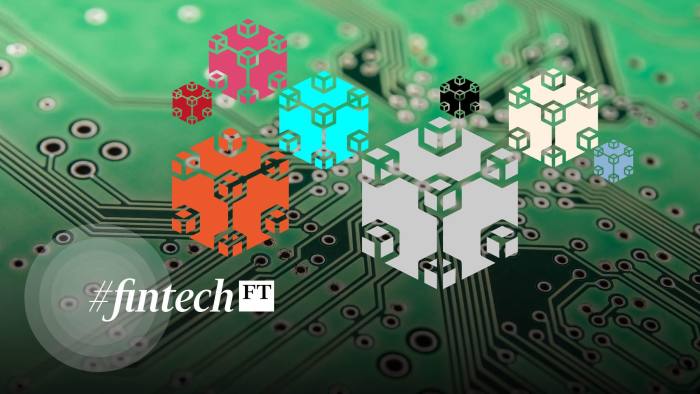Crypto company Circle seeks to double valuation to $9bn in Spac deal
US financial technology company Circle said on Thursday that its planned deal to list on Wall Street via a blank cheque company chaired by former Barclays chief Bob Diamond has doubled in value to $9bn.
The group, which runs the US dollar-pegged stablecoin USD Coin, announced it was pushing ahead with plans to combine with Concord Acquisition Corp and list on the New York Stock Exchange. This comes despite the collapse of a previous $415mn arrangement to fund the Spac deal, which had valued the combined company at $4.5bn.
The company said it would instead seek to list with new investors at a valuation between $7.65bn and $9bn, a substantial increase that it claimed reflected “improvements in Circle’s financial outlook and competitive position”.
The technology group pointed to the growth of its digital currency, with more than twice the amount of USD Coin in circulation than when the initial Spac agreement was announced last July.
The deal is expected to close by December, with the company blaming “a variety of reasons outside the parties’ control” for the inability to merge before the original closing date of April 2022.
Circle’s latest announcement comes as part of a growing trend that has seen crypto-focused businesses secure vast valuations as investors continue to pile into the hype-fuelled sector. Last month, cryptocurrency exchange FTX was valued at $32bn in a new funding round.
Concord said the previous funding arrangements with investors including Marshall Wace, Fidelity Management & Research and accounts advised by Cathie Wood’s Ark Investment Management have been terminated. However, it added that a new funding agreement could allow the company to raise up to $750mn from private investors.
“Being a public company will further strengthen trust and confidence in Circle and is a critical milestone as we continue our mission to build a more inclusive financial ecosystem,” said Jeremy Allaire, co-founder and chief executive of Circle.
Circle, which operates USD Coin alongside cryptocurrency exchange Coinbase, has made an effort to pitch its stablecoin as a trusted and regulated tool for the non-cryptocurrency economy, announcing its intentions last year to seek a banking licence. As well as working on transaction settlement with payments networks PayPal and Visa, it has pushed its currency as a tool for cross-border humanitarian aid and relief.
Stablecoins are intended to be a bridge between traditional and digital money, and aim to help manage volatility during crypto market trading. They also are often used as collateral to make it easier for customers to buy other cryptocurrencies.
Weekly newsletter

For the latest news and views on fintech from the FT’s network of correspondents around the world, sign up to our weekly newsletter #fintechFT
The amount of stablecoins in circulation has skyrocketed over the past year. According to crypto data site CoinGecko, the value of USD Coin in circulation rose from $4bn at the start of 2021 to $52bn, while Tether, the biggest stablecoin, rose from about $21bn to more than $78bn today.
But stablecoins have attracted growing regulatory pressure over concerns they post a mounting systemic risk. In November, a report by the President’s Working Group on Financial Markets, made up of several US regulatory agencies, said legislation was “urgently needed”, arguing that operators should be treated as banks.
Some crypto analysts have called into question the rigour of the so-called attestations that large stablecoin issuers publish to show the amount and types of assets held in their reserves.
USD Coin’s reserves have faced scrutiny after it began to invest in what is described as “approved investments” as well as cash in 2020. Last August, Circle announced a move towards a conservative approach of holding only cash and short-term US government debt.